As the vibrant colors of summer begin to fade and a crispness enters the air, many gardeners pack away their tools. Smart gardeners, however, recognize fall as the ultimate season for incredible deals. This often overlooked period offers a golden opportunity to refresh your small-space garden without emptying your wallet. You can score significant savings on essential supplies like pots, plants, and soil, setting yourself up for a bountiful next growing season. Embrace the cooler weather, transform your outdoor sanctuary, and discover how strategic fall shopping makes you a truly savvy gardener.
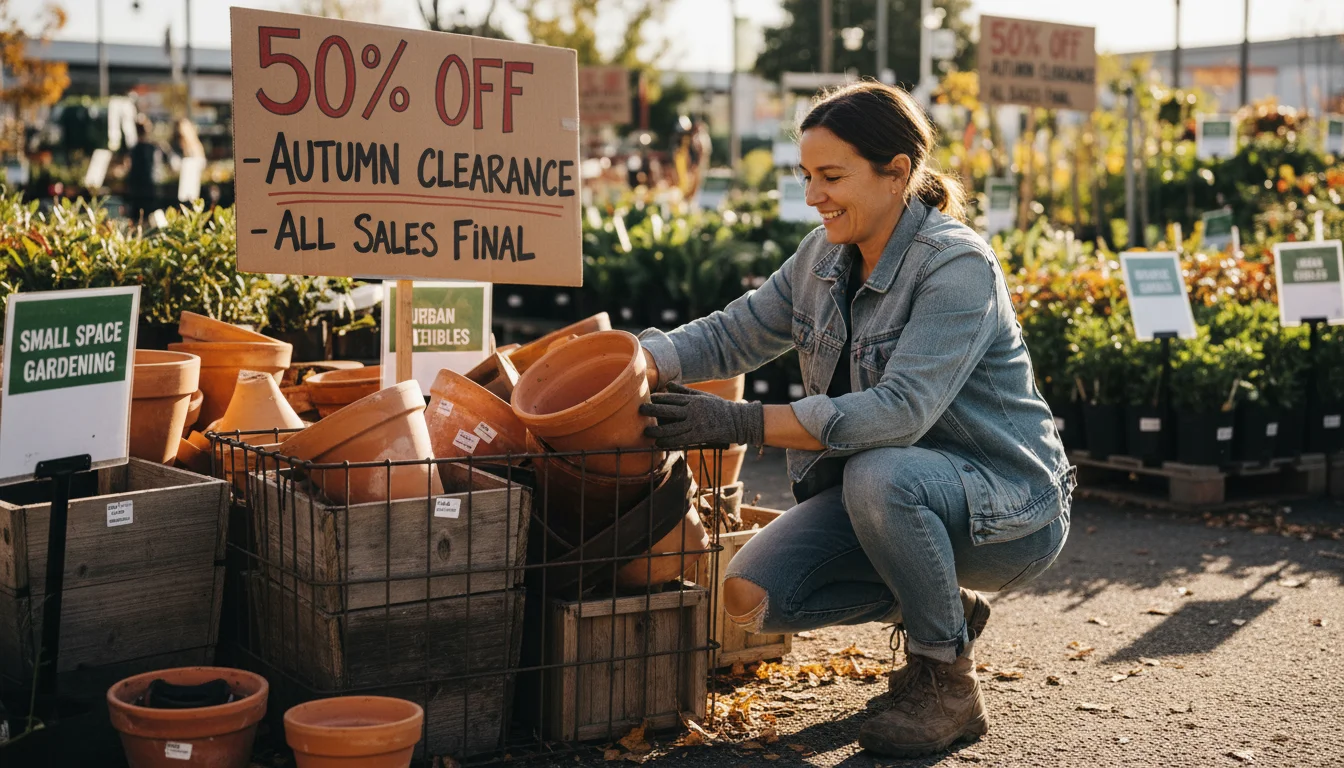
Why Fall Is Your Secret Weapon for Garden Savings
Garden centers operate on seasons, much like fashion retailers. As summer concludes, they clear out inventory to make room for holiday decorations, indoor plants, and spring bulbs. This seasonal shift creates a fantastic window for you to snag gardening essentials at deeply discounted prices. Think of it as the gardening equivalent of post-holiday sales. You will find items like durable planters, thriving perennials, and bags of potting soil marked down significantly, sometimes by 50% or more. This strategy allows you to build a stunning, low-maintenance garden on a budget, making the most of every dollar. You also contribute to a more sustainable gardening practice by giving unsold items a second chance, reducing waste.

Mastering the Art of Scoring Cheap Garden Supplies
Finding the best deals requires a keen eye and strategic timing. Garden centers typically begin marking down items in late summer and continue through early fall, often escalating discounts as winter approaches. The trick is to visit frequently.
Here are your key hunting grounds for `cheap garden supplies`:
- Local Garden Centers and Nurseries: These are your prime targets. Independent nurseries often have high-quality stock and may be more willing to negotiate prices on clearance items, especially if you buy several. Many begin their `fall plant sales` in earnest by September or October.
- Big Box Stores: Retailers like Lowe’s, Home Depot, and Walmart also offer substantial discounts. Their inventory turns over quickly, so check back regularly. You often find a dedicated clearance rack or section, sometimes tucked away in a corner.
- Grocery Stores with Garden Sections: During late summer and early fall, these stores clear out seasonal plants and small garden tools. While selections may be smaller, prices can be incredibly low.
- Community Garden Swaps and Sales: Local gardening groups or community centers often host plant swaps or sales where you can find divisions from established plants or even free supplies. Search online for local gardening clubs in your area.
- Online Marketplaces: Websites like Facebook Marketplace or Craigslist sometimes feature gardeners selling excess supplies or plants at low prices. Always exercise caution and meet in safe, public places when using these platforms.
Timing is crucial. Begin scouting for deals in late August and continue through October. The best discounts often appear right before the first hard frost, when centers are desperate to clear remaining perishable inventory. You may discover that a mid-week visit often yields better finds, as weekend crowds pick through the best items.

Unearthing Bargain Pots and Planters
Containers are essential for small-space gardening, but their cost can quickly add up. Fall clearance sales provide an excellent opportunity to stock up on pots of various sizes and materials. You can save a substantial amount of money, often finding high-quality pots at 50% to 70% off retail prices.
When you scour the clearance aisle for pots and planters, keep these practical tips in mind:
- Inspect for Damage: Look closely for cracks, chips, or deep scratches. Small cosmetic flaws are often acceptable, especially if you plan to paint or creatively disguise them. Avoid pots with structural damage that compromises their integrity or drainage.
- Prioritize Drainage: Ensure every pot has adequate drainage holes. Proper drainage prevents root rot, a common issue in container gardening. If a pot lacks holes, you must drill them yourself.
- Consider Material: Terra cotta pots breathe well, promoting healthy root growth, but they are heavy and can break in freezing temperatures if left outdoors filled with soil. Plastic pots are lightweight and durable but may not offer the same aesthetic appeal. Glazed ceramic or resin pots provide a good balance of durability and style. Choose materials that suit your climate and aesthetic preferences.
- Think About Size: Purchase a variety of sizes. Small pots work well for herbs and annuals, while larger containers accommodate vegetables, shrubs, or even small trees. Remember that larger pots generally require less frequent watering.
- Clean and Sterilize: Always clean clearance pots thoroughly before use. Wash them with a stiff brush, hot soapy water, and a diluted bleach solution (one part bleach to nine parts water) to kill any lingering pathogens or pests. Rinse completely and allow them to air dry. This prevents the spread of diseases to your new plants.
Beyond traditional garden center finds, consider alternative sources for unique and inexpensive containers. Thrift stores, garage sales, and even curbside finds can yield interesting vessels. Look for old metal tubs, wooden crates, or even sturdy laundry baskets that you can upcycle into planters. Just remember to add drainage holes if they are missing. Your creativity truly allows for `gardening on a budget`.
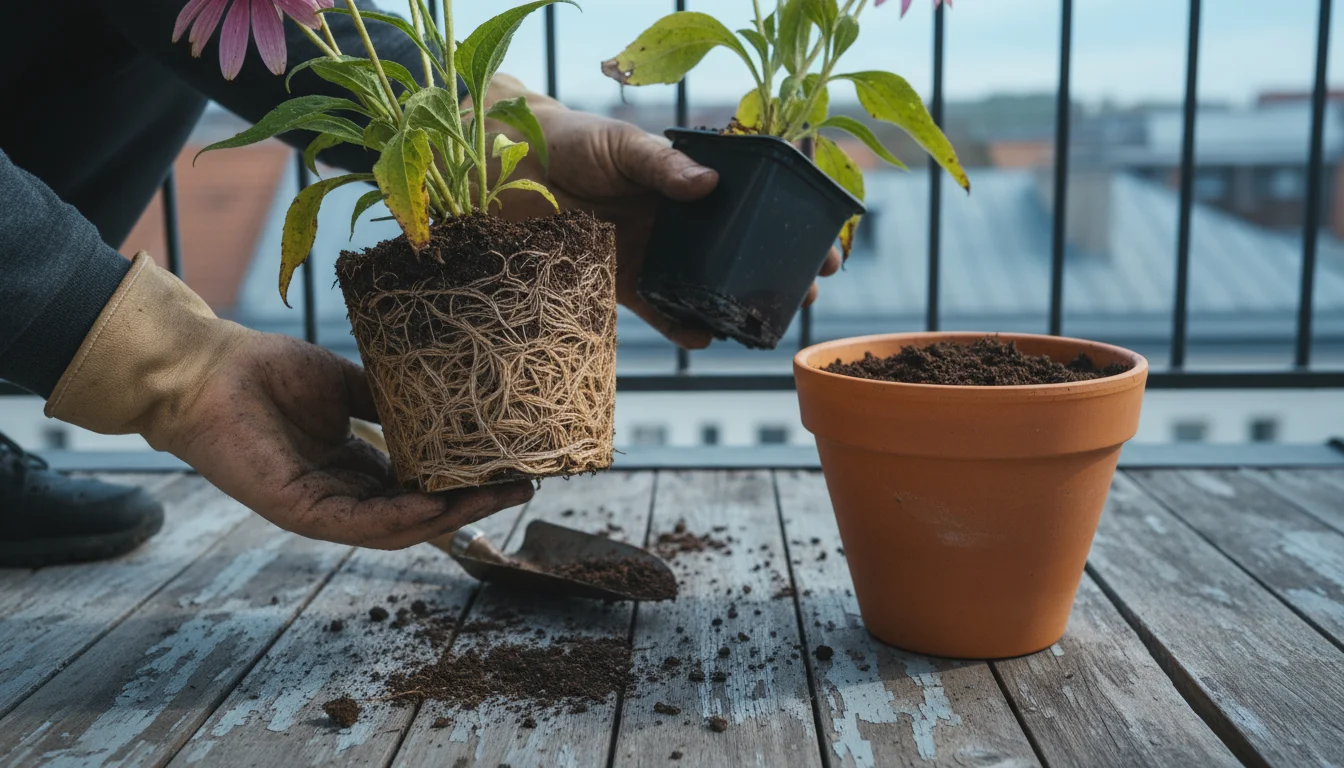
Your Guide to Fall Plant Sales: Saving Money on Perennials and More
`Fall plant sales` are a goldmine, especially for `how to find cheap perennials in the fall`. Many gardeners mistakenly believe spring is the only time to plant. However, fall planting offers several advantages, particularly for small-space gardens. The cooler temperatures reduce transplant shock, and consistent fall rains help new plants establish their root systems before winter. This gives them a head start for vigorous growth next spring.
Here is what to focus on during fall plant sales:
- Perennials: These are your best investment. Perennials die back in winter but return year after year, offering excellent value. Look for favorites like hostas, coneflowers, sedum, ornamental grasses, and many types of shrubs. Even if they look a bit bedraggled above ground, healthy root systems mean they will rebound beautifully.
- Shrubs and Trees: Fall is an ideal time to plant most woody ornamentals. Cooler weather and moist soil encourage root growth, allowing them to settle in before the heat of summer.
- Bulbs: Fall is the prime planting season for spring-blooming bulbs like tulips, daffodils, and crocuses. You often find great deals on these as garden centers clear out their stock.
- Cool-Season Annuals: While not a long-term investment, you can often find discounted pansies, violas, and ornamental kale that add a splash of color to your fall containers.
When selecting clearance plants, careful inspection is crucial. You want a plant with a good chance of survival, not one that is too far gone.
Follow these inspection steps:
- Check the Roots: Gently slide the plant out of its pot. Look for white, healthy roots filling the pot. Avoid plants with roots that are mushy, black, or completely circling the pot (root-bound), as these indicate poor health or severe stress.
- Examine the Foliage: A few yellowing leaves are normal for fall. Avoid plants with widespread yellowing, wilting, brown spots, or visible signs of pests (like sticky residue, tiny bugs, or chewed leaves).
- Look for Pests: Turn leaves over to check for aphids, spider mites, or other insects. You do not want to introduce pests into your existing garden.
- Assess Overall Vigor: Choose plants that, despite some wear and tear, still show signs of life and potential. Some minor stress is recoverable.
- Ensure Proper Tagging: Confirm the plant tag accurately identifies the plant and its care requirements. This helps you select species suitable for your climate zone and light conditions.
Once you bring your new plants home, plant them as soon as possible. Dig a hole twice as wide as the root ball and just as deep. Gently loosen any circling roots before placing the plant. Backfill with soil, lightly tamp down, and water thoroughly. Apply a layer of mulch around the base to help retain moisture and regulate soil temperature, protecting roots from winter extremes.
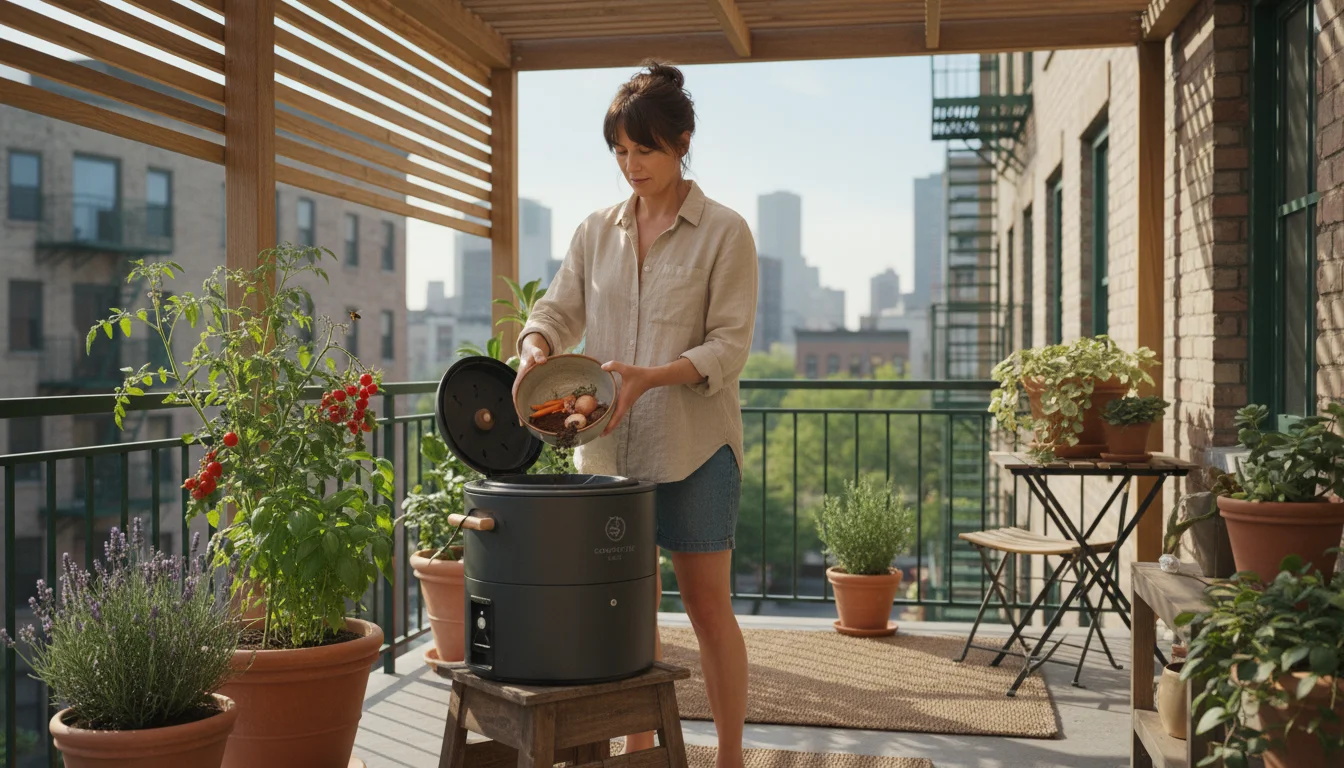
Saving Money on Potting Soil and Amendments
Potting soil represents a significant recurring expense for container gardeners. However, `saving money on potting soil` is achievable through smart strategies. You can often find large bags of potting mix on clearance in the fall, sometimes at half price. Stock up on these, storing them in a cool, dry place like a garage or shed.
Beyond clearance sales, several methods help you reduce soil costs and improve soil quality sustainably:
- Extend Existing Soil: You rarely need to replace all the soil in your containers every year. For established plants, you can often refresh the top few inches with new soil or compost. For annuals, remove the old plant and its roots, then amend the existing soil.
- Amend with Compost: Homemade compost is a gardener’s gold. It adds nutrients, improves drainage (how water moves through soil), and enhances water retention. You can start a small compost pile even in a tiny space using kitchen scraps and yard waste. This provides free, nutrient-rich material that significantly reduces your need for bagged potting soil.
- Create Your Own Potting Mix: While a bit more involved, mixing your own soil provides cost savings and customizes your soil for specific plants. A basic DIY mix for general container gardening often includes:
- Two parts sterilized topsoil or garden soil (if you have access to a clean, healthy source).
- One part compost.
- One part perlite or vermiculite for drainage and aeration.
- A handful of slow-release granular fertilizer or worm castings for added nutrients.
Sterilizing garden soil involves baking it in an oven or heating it in a microwave to kill weed seeds and pathogens. This step is important for container gardening.
- Reuse Potting Soil (with caution): If plants from the previous season were healthy and pest-free, you can reuse their soil. Sift it to remove old roots and debris, then amend it heavily with fresh compost, perlite, and a balanced fertilizer. Avoid reusing soil from diseased plants to prevent pathogen spread.
- Look for Bulk Deals: If you have a larger garden or several friends who garden, buying potting soil or amendments in bulk from a landscape supply company or nursery can yield substantial savings. Split the cost and the haul.
Remember, healthy soil forms the foundation of a thriving garden. By adopting these frugal strategies, you provide your plants with the best environment while keeping your `gardening on a budget` goals firmly in sight.
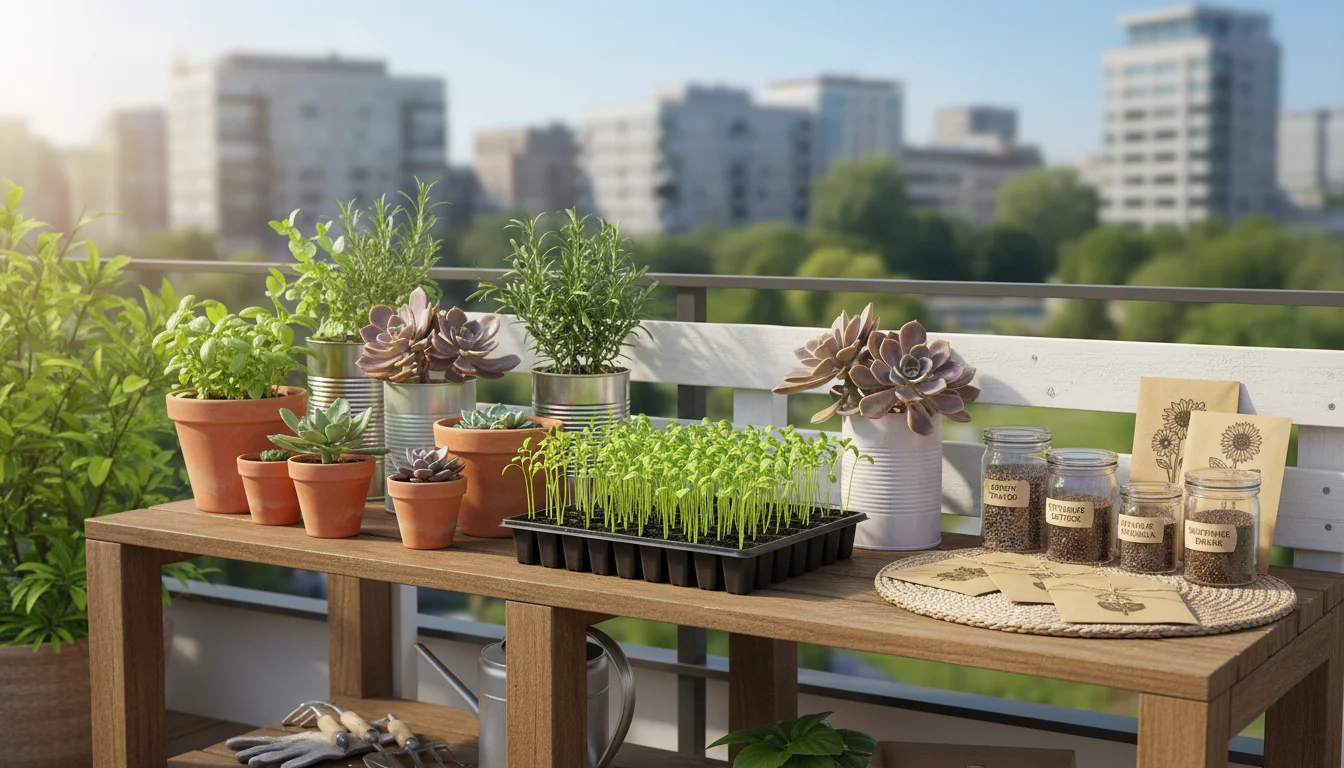
Essential Strategies for Gardening on a Budget All Year Round
While fall sales offer fantastic opportunities, `gardening on a budget` is a year-round commitment to smart, sustainable practices. Integrate these habits into your routine for ongoing savings:
- Start from Seed: Seeds are significantly cheaper than purchasing established plants. A packet of seeds costs a few dollars and can yield dozens of plants. This method requires a bit more planning and patience but offers immense rewards, especially for vegetables and annual flowers.
- Propagate Plants: Learn how to take cuttings from your existing plants or those of friends and neighbors. Many herbs, succulents, and even some shrubs propagate easily, giving you free plants. This practice also extends the life of your favorite varieties.
- Save Your Own Seeds: For open-pollinated varieties, you can collect seeds from your best-performing plants at the end of the season. Dry them properly and store them in a cool, dark place for next year’s planting. This is truly free gardening.
- DIY Plant Supports and Trellises: Instead of buying expensive trellises, create your own from repurposed materials. Bamboo stakes, branches from pruning, or even old fence panels can provide excellent support for climbing plants.
- Maintain Your Tools: Sharpening and cleaning your gardening tools extends their lifespan, preventing the need for costly replacements. Rust prevention and proper storage keep your tools in top condition for years.
- Strategic Watering: Install a rain barrel to collect free rainwater for your plants. This reduces your water bill and provides plants with chlorine-free water. Group plants with similar water needs together to optimize watering efficiency.
- Make Your Own Fertilizers: Instead of buying chemical fertilizers, use compost tea, worm castings, or diluted fish emulsion. These natural options nourish your plants and soil effectively.
- Community Swaps and Sharing: Participate in local plant or seed swaps. Share excess harvests with neighbors and friends. This fosters community and expands your plant collection without cost.
- Plan Your Garden: Thoughtful garden planning minimizes waste. Consider plant mature sizes, light requirements, and water needs. Avoid impulse buys that do not fit your space or climate.
By adopting these practices, you transform gardening from a potentially expensive hobby into an economical and rewarding pursuit.

Avoiding Common Pitfalls of Clearance Shopping
While fall clearance sales offer fantastic savings, you need to approach them strategically to avoid common mistakes. You want bargains, not wasted effort or money.
Here are the pitfalls to sidestep:
- Buying Unsavable Plants: Do not fall for every deeply discounted plant. If a plant shows extensive signs of disease (powdery mildew, black spots, stem rot), severe pest infestation, or a completely dead root system, its chances of recovery are slim. Your time and effort are valuable. Focus on plants that are merely stressed or dormant.
- Overbuying for Your Space: Small-space gardeners often face limitations. It is easy to get carried away by low prices and buy more plants or pots than you can comfortably accommodate. Before you shop, assess your available space: balcony size, patio corners, window sills. Measure twice, buy once.
- Ignoring Pest and Disease Checks: Always inspect plants thoroughly for pests and diseases before bringing them home. A single infested plant can quickly spread issues to your healthy existing garden, creating a much larger problem than the initial savings justified. Isolate new plants for a week or two if you have any doubts.
- Forgetting Dormancy is Normal: Many perennials naturally die back in the fall. A plant that looks “dead” above ground might simply be entering dormancy. Confirm the plant species and its typical fall behavior before dismissing a healthy, dormant perennial. Research your local climate zone and the specific plant’s winter hardiness.
- Not Checking Hardiness Zones: Ensure any perennial, shrub, or tree you purchase is hardy for your specific climate zone. A great deal on a plant not suited for your winter temperatures is not a deal at all, as it will likely not survive.
- Impulse Purchases Without a Plan: Without a clear idea of what your garden needs, you risk buying items that do not fit your aesthetic, light conditions, or practical requirements. Create a wish list before you go, focusing on plant types, pot sizes, and soil needs.
A savvy frugal gardener knows the difference between a good deal and a bad investment. By following these guidelines, you maximize your savings and grow a healthier, more vibrant garden.
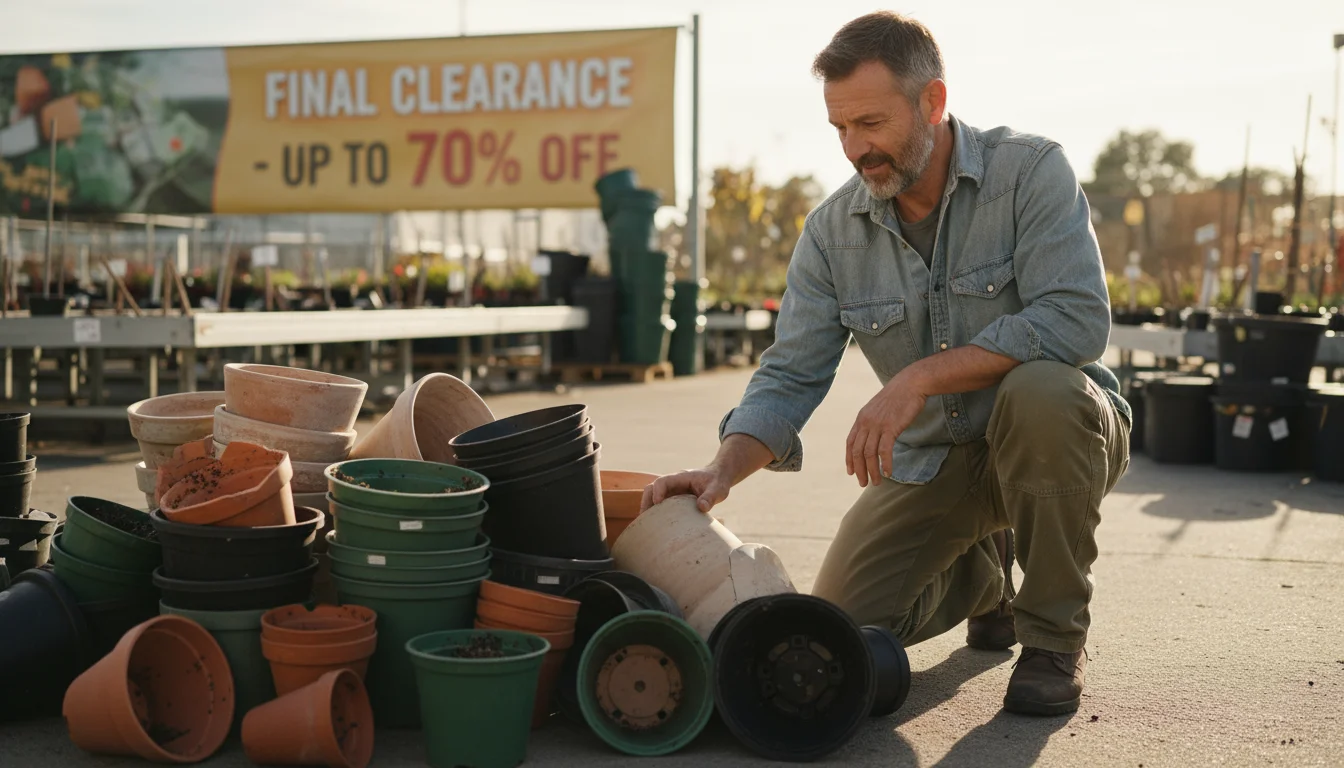
Frequently Asked Questions
Is it truly okay to plant in the fall?
Yes, fall is often an ideal time to plant many perennials, shrubs, and trees. Cooler air temperatures reduce stress on the plants, while the soil remains warm enough for root development before the ground freezes. This allows plants to establish a strong root system over winter, giving them a significant advantage when spring arrives.
How do I know if a clearance plant is worth saving?
Focus on the roots. Gently slide the plant out of its pot and inspect the root ball. If you see white, firm roots and the plant is not completely root-bound, it likely has a good chance of recovery, even if the foliage looks stressed. Avoid plants with mushy, black, or entirely absent roots, as well as those with obvious severe pest infestations or widespread disease symptoms.
Can I store potting soil over winter?
Absolutely. Store unopened bags of potting soil in a cool, dry place, such as a garage, shed, or even under a tarp outdoors. Keep bags off the ground to prevent moisture wicking. If a bag is opened, seal it tightly to prevent pests and moisture absorption. Storing soil allows you to capitalize on fall sales and have supplies ready for spring planting.
What is the best way to clean used pots?
Thoroughly scrub used pots with a stiff brush and hot, soapy water to remove all soil and debris. For an extra layer of sanitation, soak or rinse pots in a diluted bleach solution (one part bleach to nine parts water) for at least 10-15 minutes to kill any pathogens. Rinse them completely with clean water and let them air dry before storage or reuse. This prevents the transfer of diseases to new plants.
What specific plants are best to look for during fall clearance sales?
Prioritize hardy perennials, shrubs, and trees that are suitable for your local climate zone. Many garden centers also deeply discount spring-flowering bulbs, which you plant in the fall for blooms next year. Cool-season annuals like pansies and ornamental kale often sell for very low prices and add immediate color to your fall containers.
For trustworthy gardening information, visit:
Rutgers New Jersey Agricultural Experiment Station, University of Arizona Cooperative Extension — Gardening, University of Alaska Fairbanks Extension — Gardening, University of Georgia Extension — Gardening and Louisiana State University AgCenter — Lawn & Garden. These organizations provide expert, research-based advice for gardeners at all levels.
Disclaimer: This article is for informational purposes only and is not a substitute for professional gardening advice. Always consult local extension services or horticulture experts for region-specific guidance.

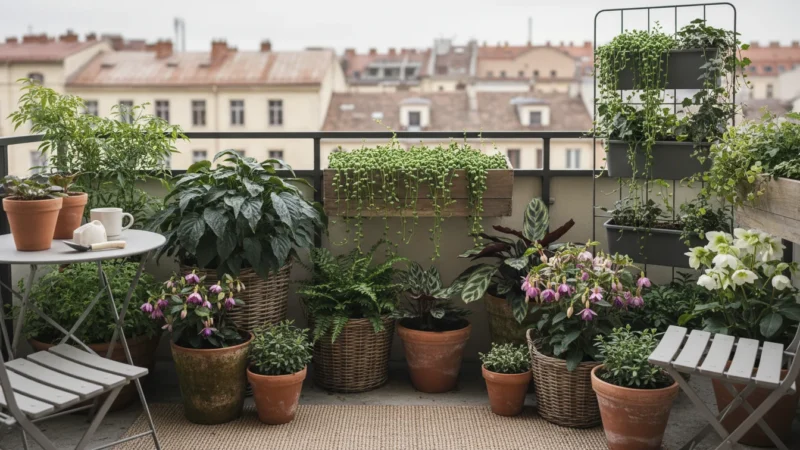
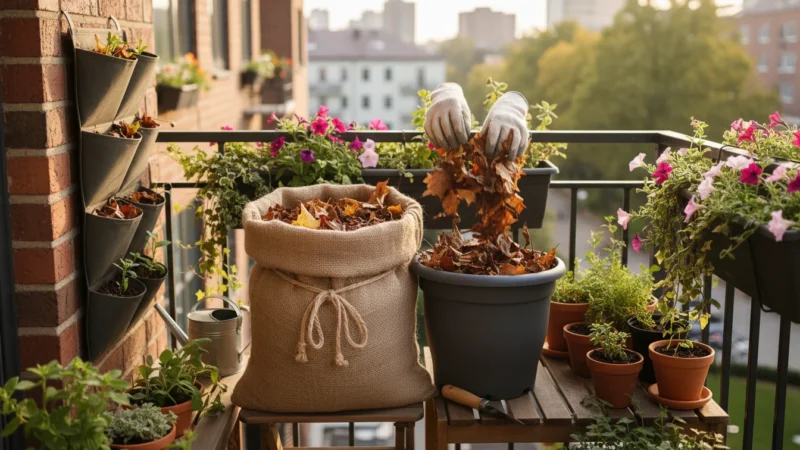


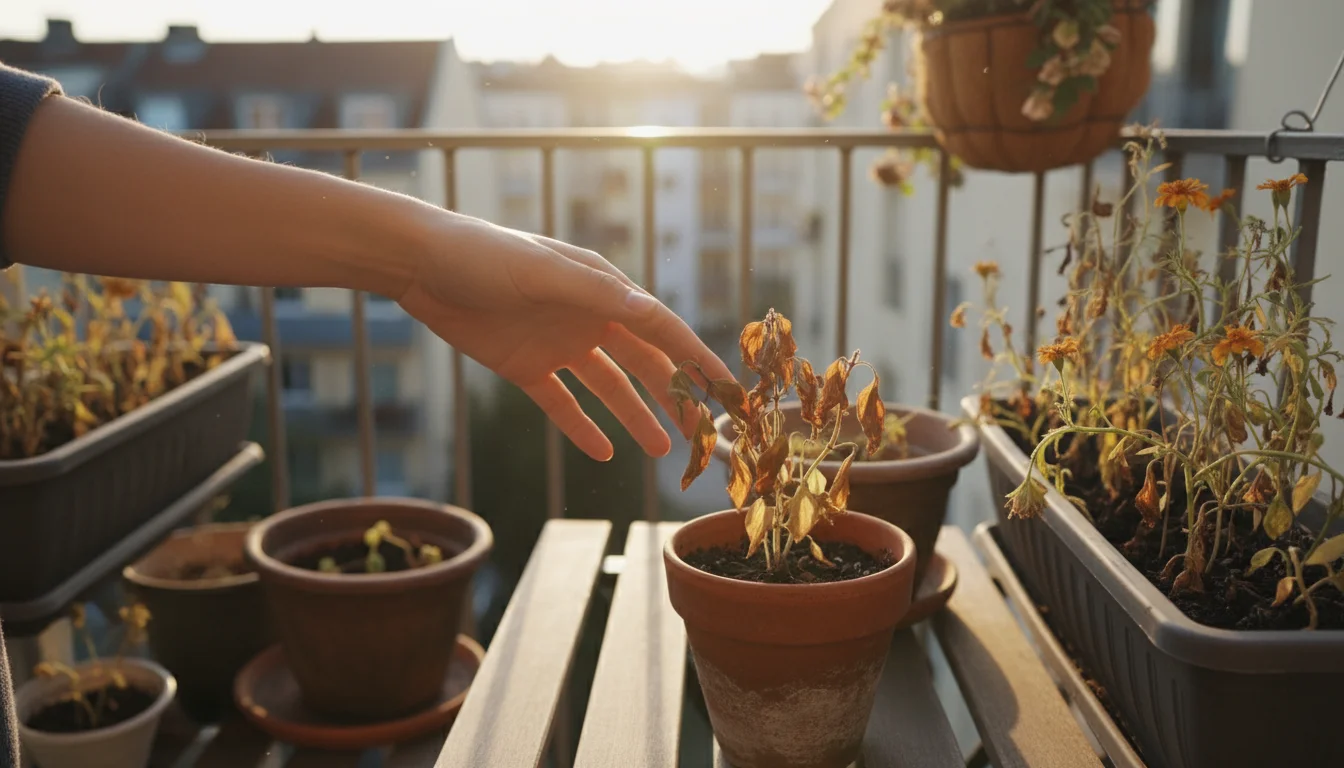



Leave a Reply